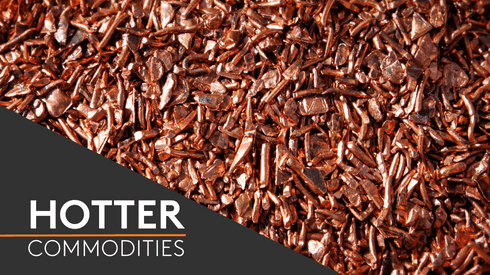SHFE nickel inventories increased by 8,475 tonnes or 17.3% over the past week to 57,395 tonnes as of Friday January 12. Stocks have now increased by 29.8% in the first two weeks of January, compared with 44,216 tonnes reported on December 29, 2017.
All 8,475 tonnes entered warehouses in Shanghai, with Shanghai XinYi seeing the most metal enter its sheds at 7,834 tonnes.
“The inflowing stocks were mainly bonded stocks – which have been entering SHFE-approved warehouses since the 2% nickel import tax was announced in the middle of December last year,” Metal Bulletin senior nickel analyst Ellie Wang said.
China increased its import tax for nickel from 1% to 2% at the beginning of 2018, which encouraged market participants who hold stocks in the bonded area to transfer them to the domestic market to avoid the higher tax.
As a result, stocks in the Shanghai-bonded area have sharply declined.
Metal Bulletin’s assessment of nickel stocks in Shanghai-bonded warehouses decreased to a historic low of 28,000-34,000 tonnes at the end of December, down 22.5% from the previous month and 61.7% on an annual basis.
Copper stocks also up
- Deliverable copper stocks at SHFE-approved warehouses rose by 6,988 tonnes or 4.4% over the past week to 167,429 tonnes as of Friday.
- Metal Bulletin last assessed Shanghai-bonded copper stocks at 465,000-475,000 tonnes on January 2, up by 5,000 tonnes on both a monthly and yearly basis.
- The most-traded March copper contract on the SHFE closed at 54,800 yuan ($8,422) per tonne on Friday, up by 270 yuan per tonne from the previous Friday’s closing price.
Tin inventories dip, other base metals higher
- SHFE tin stocks dropped by 3 tonnes or 0.1% over the past week to 5,318 tonnes.
- SHFE aluminium stocks rose by 7,731 tonnes or 1% over the past week to stand at 773,941 tonnes.
- Zinc stocks went up by 1,668 tonnes or 2.2% from a week ago to 79,051 tonnes.
- SHFE lead stocks increased by 0.8% or 323 tonnes week on week to 42,139 tonnes.




